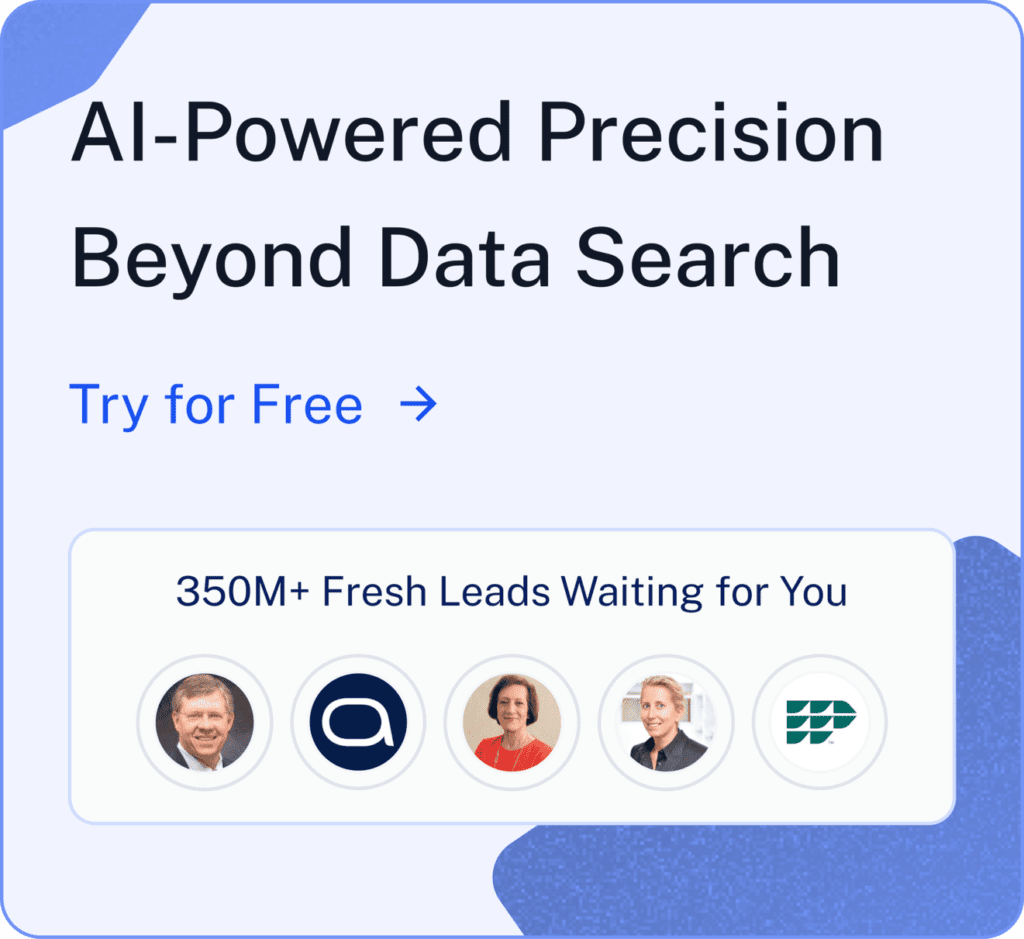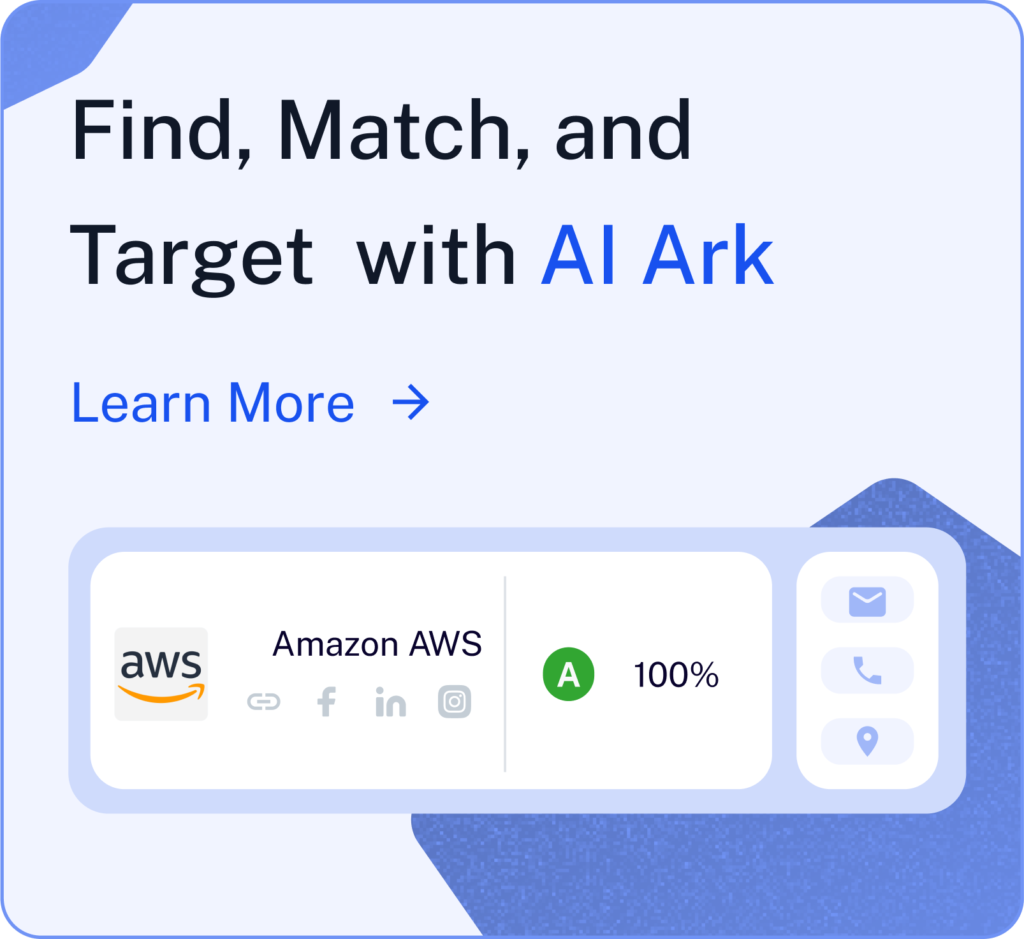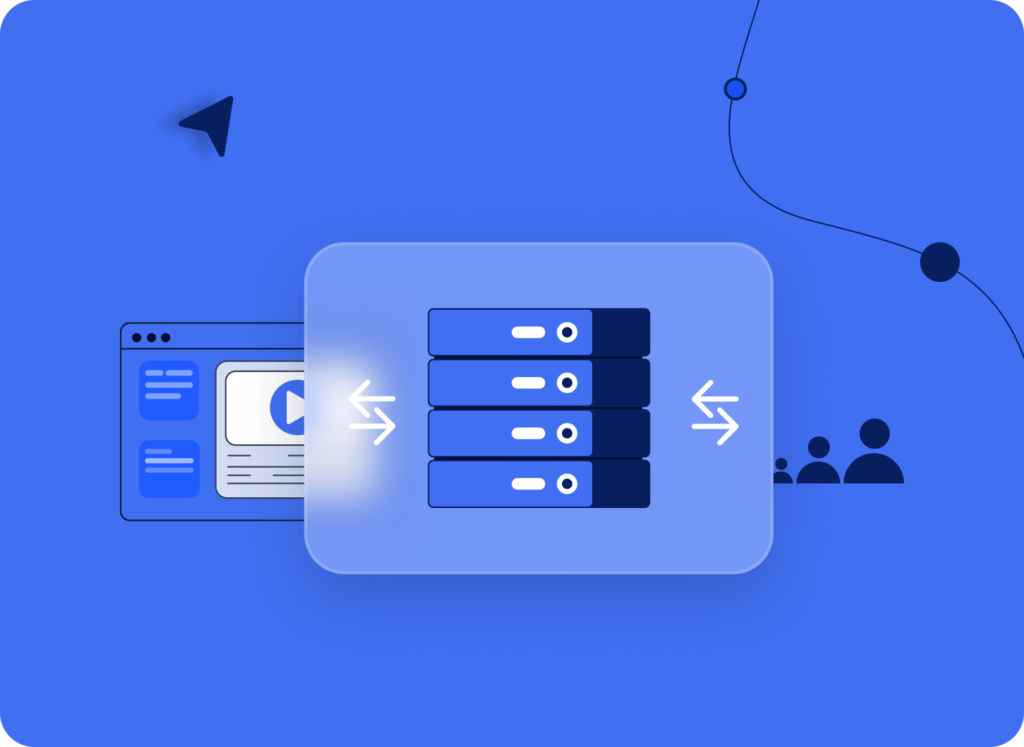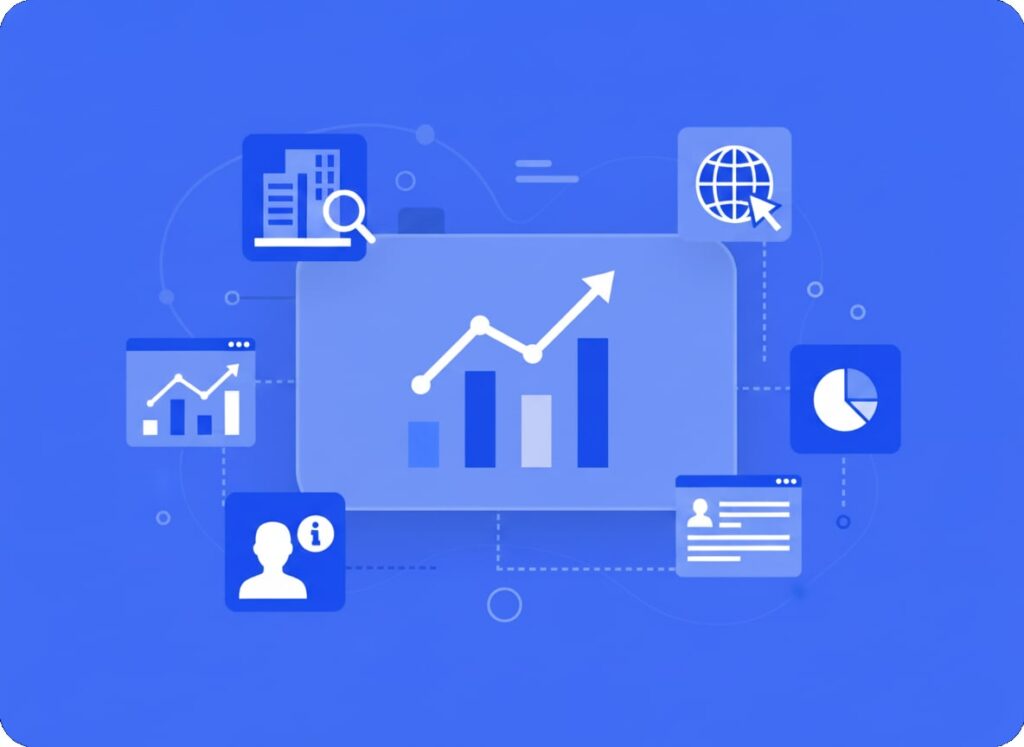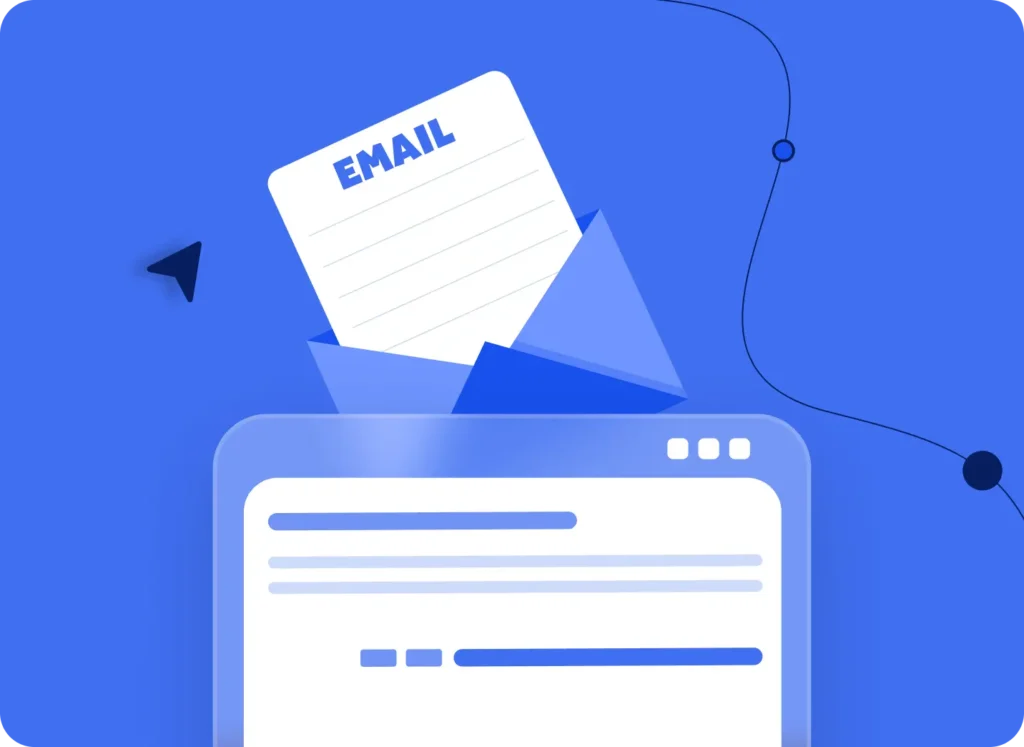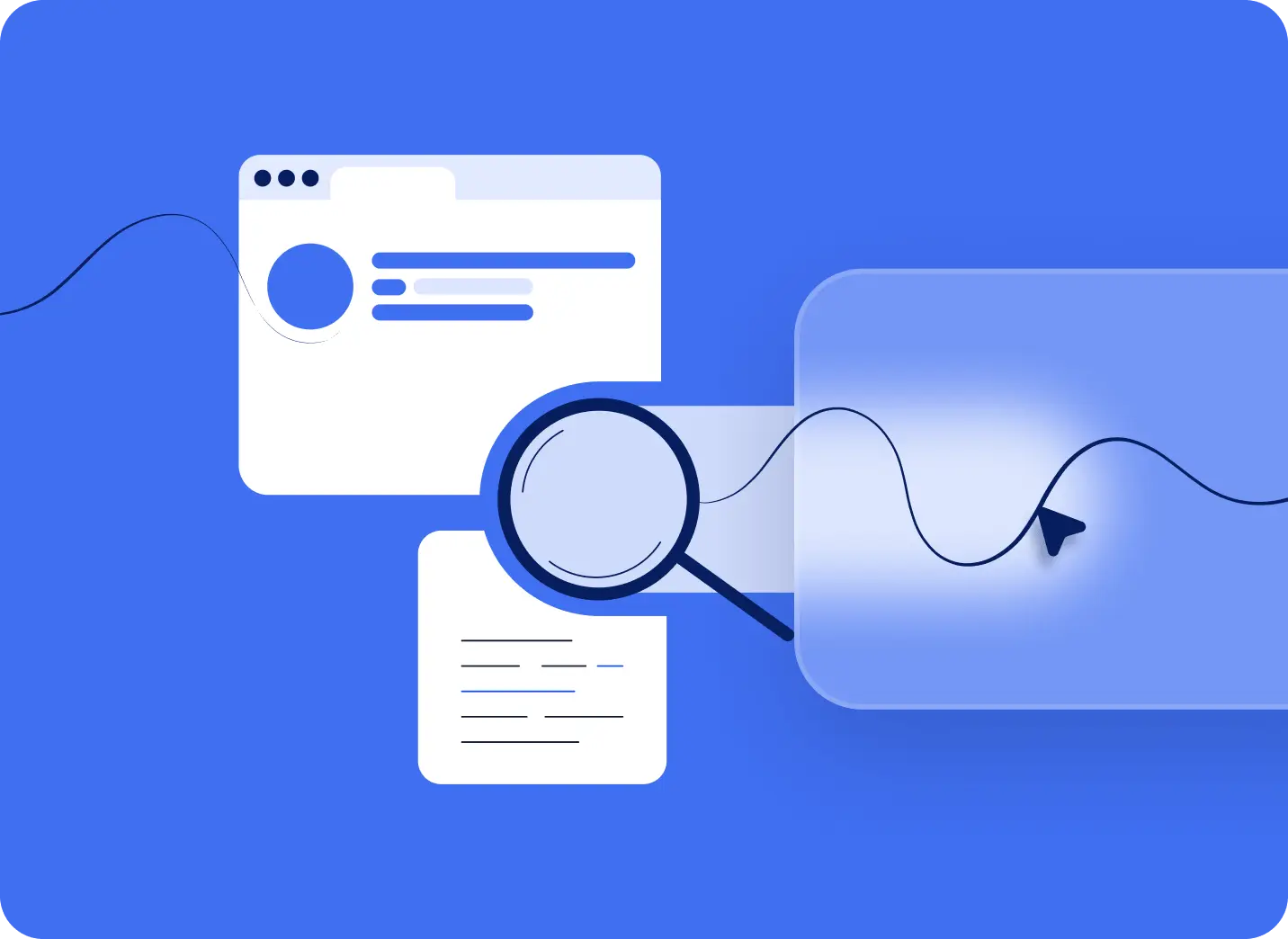Sticking to old strategies won’t help you to stay ahead of the game, especially if you are a B2B business.
This is where intent data plays a role. Intent data is a behavioral signal from your target audience that helps you understand what they’re likely to do next. So, intent data is fundamental information about a customer’s online behavior.
A study shows that more than half (52%) of marketers leverage intent data to deliver targeted content, while 47% use it for email marketing and 44% for personalization. Other applications include content creation, event marketing, account-based strategies, landing page optimization, and automation campaign planning.
Are you ready to know more? This blog will dive into intent data, types of intent data, and how to use it. Let’s get started!
What is intent data and why does it matter?
Intent data is a type of market intelligence that provides insight into the online behavior of a business’s target audience. You can get this data from a first or a third party.
Intent data is like the traces that users leave behind as everytime they go online. Now, looking at these traces can provide valuable insights to help us understand what users are looking for, their challenges, and how you can address them.
Sales and marketing teams armed with this weapon can prioritize their customers and make more efficient decisions. If used correctly, intent data can help your business enhance conversions and sales.
Intent Data Types
Intent data can be used for multiple purposes. In this section, we’ll briefly outline the types of intent used for each objective.

Purchase Intent Signals:
This type of data is collected when a potential customer shows interest in buying a product or a service. This data is, simply, the traces customers leave behind when they show they are interested in your offers. This can be signals like engaging for a product demo or signing up for a free trial of a product, search actions like looking up online prices or how to guide on a specific product.
By paying attention to this type of intent data, your marketing team can better focus on areas for improvement and increase the chances of turning prospects into customers.
Search Intent vs. Content Intent:
Search intent data is when your potential customers search for a phrase or a keyword in a search engine. This type of intent data can help us understand the type of topics that your target audience is looking for. You can use this data to create content that will address your audience’s needs.
Content intent data is collected through your customers’ interactions with content like articles or case studies. This data can reveal how well users understand your content and whether it effectively addresses their needs. You can use these valuable insights to create more personalized content that answers your target audience’s needs accordingly.
Understanding the difference between these two types lets you adjust your strategies accordingly.
Understanding Website Behavior:
This kind of data can provide you with valuable insights based on the actions on your website, like what users want, how they navigate your website, what they read, or how much time they spend on a page.
By analyzing website behavior data, you can determine whether visitors are just exploring or ready to convert and identify potential leads for your business. This way, you can reconsider your strategies or optimize your website for better results.
To better understand intent data, it’s helpful to know where this data is coming from. There are mainly two areas:
- First-party intent data is collected from your website using cookies and IP addresses. It can be collected from forms, feedback, or even IP addresses.
- Third-party intent data is collected from other websites, such as data providers. Intent data providers like AI Ark can provide this data for your business.
Each type of these data offers your business a unique perspective that can be used effectively to target the right audience at the right time.
Top Ways to Use Intent Data
Now that you know intent data is great in B2B marketing, how should you use it?
Intent data is activated when it’s embedded in your B2B marketing strategy, providing you with rich actionable insights.
Here are the top five ways that your business can adapt to create content that will address the needs of your target audience and to a more data-driven strategic decision-making.

Prioritizing High-Intent Users or Clients
- Explanation
If you analyze intent data carefully and find the customers who visit your website more frequently, you can build a prospect list with users and clients close to your ideal customer profile. Now imagine, by prioritizing these customers, you can skip many stages of the customer journey and potentially turn them into real customers that are ready to buy. Using intent data to prioritize high-intent users will significantly raise ROI and boost sales for your business.
- Example:
Imagine a B2B company using intent data notices that employees from a specific firm are searching the same terms regarding their situation. Instead of treating them like cold leads, the company prioritizes this specific firm and reaches out to them. You’ll find that this targeted outreach has a higher chance of conversion.
Personalizing User Experiences and Content
- Explanation
By using behavioral data, you can develop content that addresses the concerns of your targeted audience. You can personalize your interactions with your prospects and make a more interesting experience for them. Personalizing user experiences and content based on intent data analysis will make your messages more relevant and fulfilling for customers.
A study found that email is used more to deliver targeted content and integrate elevated personalization.
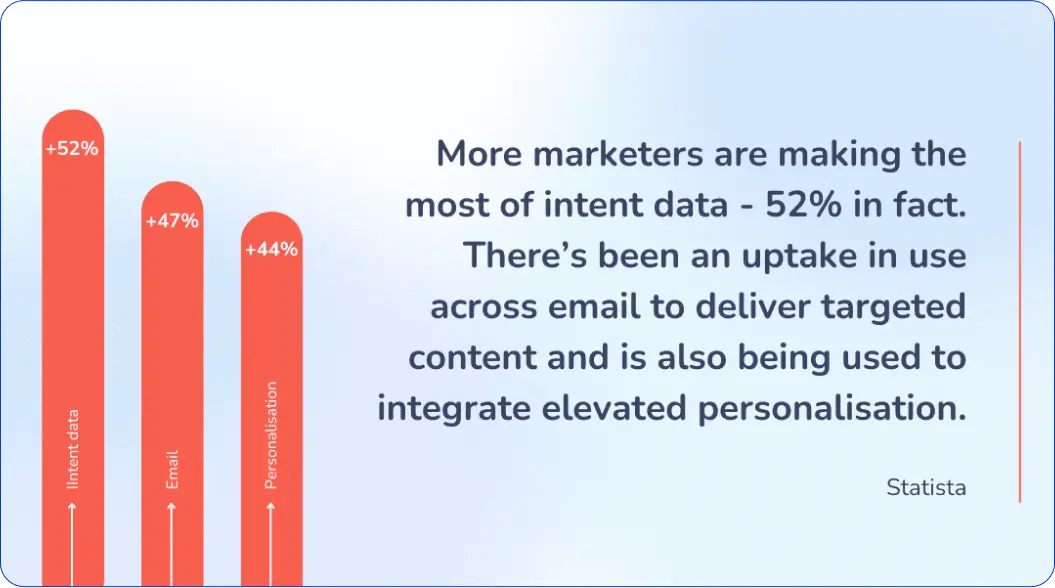
- Example
To better understand this, imagine a situation in which specific customers visit your product page multiple times but don’t make a purchase. You can email them and offer them a discount on their purchase or a free trial of your service.
Enhancing Targeted Outreach or Support Initiatives
- Explanation
By efficiently using intent data, you can discover when your leads are actively searching for solutions and provide them with what they need before your competitors offer solutions. This way, you can engage with your customer based on their real interests and challenges at the right time. You can reach them through emails, social media, and calls and tailor your outreach to resonate with their needs. By using intent data to enhance targeted outreach, your business can build trust and increase ROI.
- Example
An SaaS company is offering tools for businesses, and they are using intent data to enhance their targeted outreach. They notice that a tech startup is looking for team management software, so instead of sending them a product pitch, they take a more data-driven approach, like reaching out to them with a tailored emailed addressing challenges on their issue or providing them a demo of the product they are looking for.
Retargeting Interested Visitors
- Explanation
When prospects show high interest but haven’t converted yet, it’s important to retarget them.
By using intent data and focusing on a lead’s online behavior, you can generate retargeting campaigns that are likelier to convert these prospects into actual buyers. By identifying what specific products or services they engaged with, companies can use different methods to reconnect with them. Your company can use methods like various marketing channels to reengage them with personalized follow-ups or ads.
- Example
A software company notices that a CFO from another company has visited its website’s software page multiple times but has not purchased the software or requested a demo.
Instead of letting this lead go cold, they use intent data to retarget this prospect. They can retarget through various channels, like they start to send personalized ads, and when these leads open their emails, they see a webinar about the product and its features, or they receive a message tailored to their financial challenges and offering a discount on the product.
Retention and Upsell Opportunities
- Explanation
Using intent data will also help you retain your existing customers and upsell opportunities.
Use intent data to analyze customers’ intent patterns. This way, your company can gain insights into your customer’s future buying decisions. This gives you the chance to tailor your services to upsell business opportunities and add additional features that customers are looking for. This will allow for proactive engagement and increase customer lifetime value.
- Example
Imagine a cloud storage company that notices that a marketing agency is searching for its backup services and frequently visits its pricing pages. Instead of waiting for the marketing agency to contact them, this company uses intent data and takes a proactive approach.
The company will contact them to discuss their pain points and how an updated plan will address their needs or provide a time-limited discount for the services they want. This will strengthen the company’s relationships with customers.
Start to use intent data efficiently today with AI Ark
Intent data is here to provide better experiences for your customers. Target more precisely and qualify without wasting any time.
AI Ark is here to show you how you can utilize intent data effectively and how to reach out to your right B2B matches.
Want to learn more about AI Ark intent data and how to use it perfectly? Book a demo with us today!
